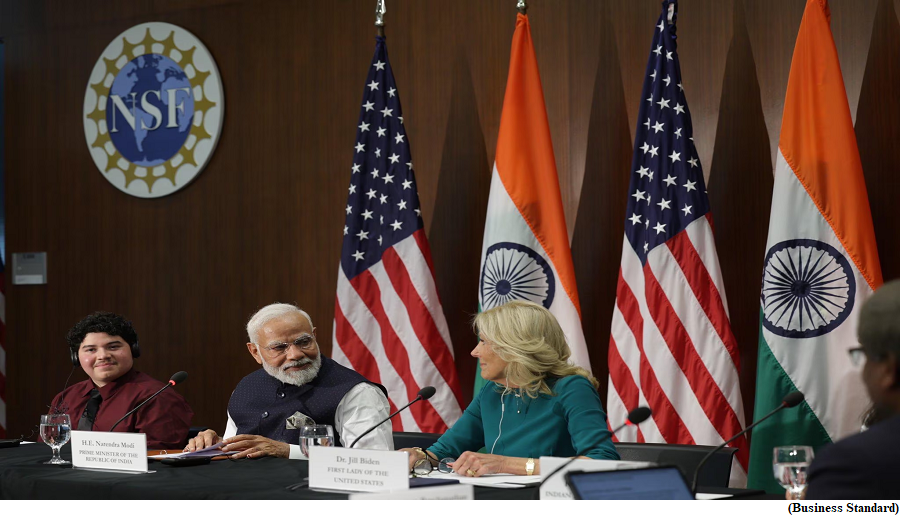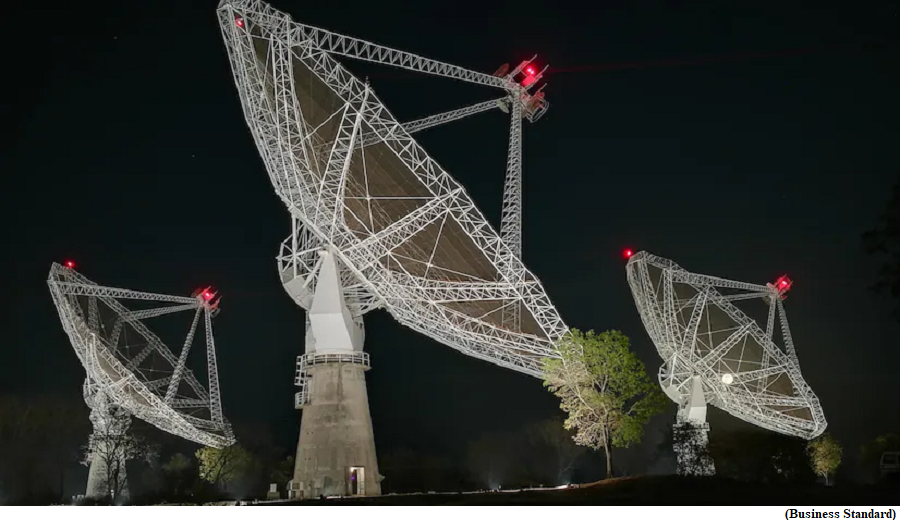India plans to supply skilled workers to the world, partner with 30 nations (GS Paper 3, Economy)

Why in news?
- The government is working on an upskilling plan which also aims to partner with 30 countries that need skilled employees.
- The plan focuses on specific skills required by different sectors and industries. By doing this, India is embarking on a long-term journey of developing and supplying a skilled workforce across the globe.
Key Highlights:
- As part of the plan, the government will introduce several skill-related courses, certifications from international institutes, pre-departure orientation training, soft skills, multi-cultural training, and support for overseas mobility.
- To this end, the government is setting up 30 Skill India International Centres (SIICs) across the country.
- The government has also identified the key destinations for this talent, which include developed-world countries like the US, the UK, Canada, Australia, Germany, Japan, Sweden, and Finland.
- So far, the estimates show that there is a demand for about 3.7 million trained workers across 16 countries over the next five years.
Implementation:
- To ensure a successful implementation of the program, the Skills Development Ministry and the External Affairs Ministry are working together to ensure hassle-free migration and mobility agreements, along with skill development.
- These agreements include the mobility of young, skilled professionals, apprenticeships, and students. Family members of these professionals are also covered under these agreements.
Astronomers detect ultra-low frequency waves using pulsar and radio telescopes
(GS Paper 3, Science and Technology)
Why in news?
- Recently, an international team of astronomers with scientists from India, Japan, and Europe, have found evidence of the existence of ultra-low frequency gravitational waves by monitoring pulsars and using radio telescopes. The advanced radio telescopes included India's uGMRT.
- The data was collected by the European Pulsar Timing Array (EPTA) and Indian Pulsar Timing Array (InPTA) consortia.

Details:
- The waves detected originate from enormous black hole pairs found in colliding galaxies and create vibrations in the fabric of space-time.
- The findings represent a significant breakthrough in the understanding of gravitational waves and created new opportunities for exploration in astrophysics.
How were these waves detected?
- To detect these light-year-scale ripples, scientists used pulsars as cosmic beacons. Pulsars are rapidly rotating neutron stars, the remnants of dead stars, emitting regular radio beams as they rotate.
- By monitoring these pulsars using radio telescopes, researchers collected over 25 years of data, including three years of highly sensitive observations.
- The analysis of this unique dataset revealed consistent irregularities in the ticking rates of the monitored pulsars, indicating the influence of ultra-low frequency gravitational waves with oscillation periods ranging from one to ten years.
- Nano-hertz frequency gravitational waves, as produced by dancing monster black hole pairs, offer insights into the secrets of the universe.
- These pairs form when galaxies merge, emitting gravitational waves at these astronomically long wavelengths. Additionally, other phenomena that occurred shortly after the birth of the universe can also generate waves at these frequencies.
Future prospects of research:
- The researchers are already collaborating under the International Pulsar Timing Array (IPTA) to combine their data sets.
- This collaboration aims to incorporate over 100 pulsars into the array, enabling even more sensitive observations and potentially unlocking further insights into the early universe and its associated phenomena.



